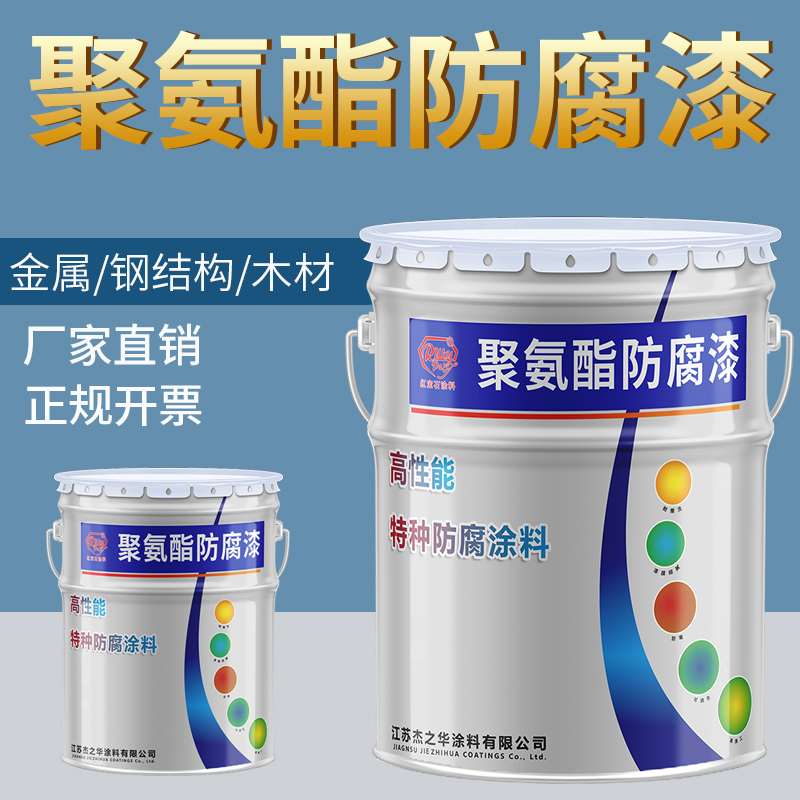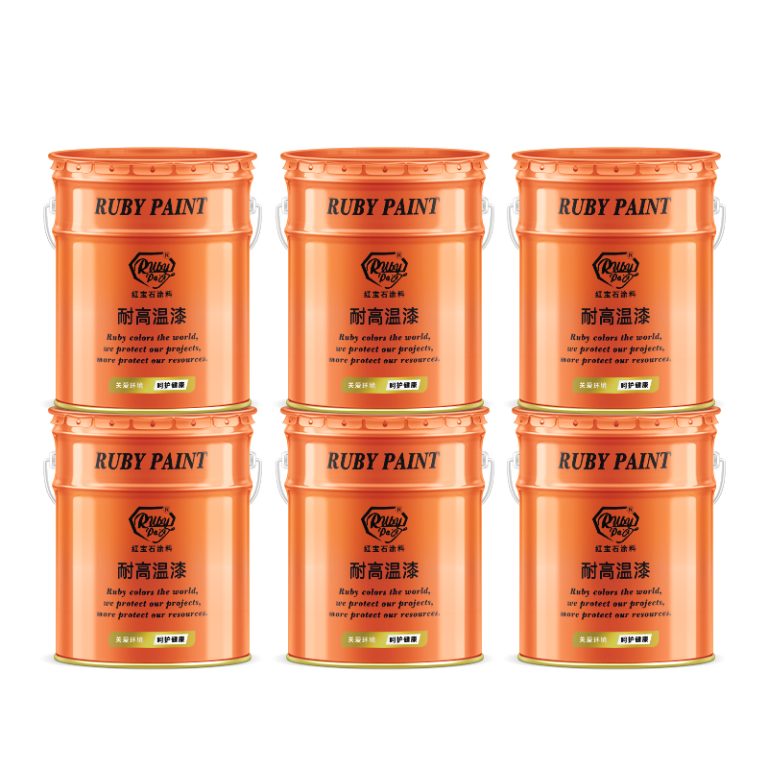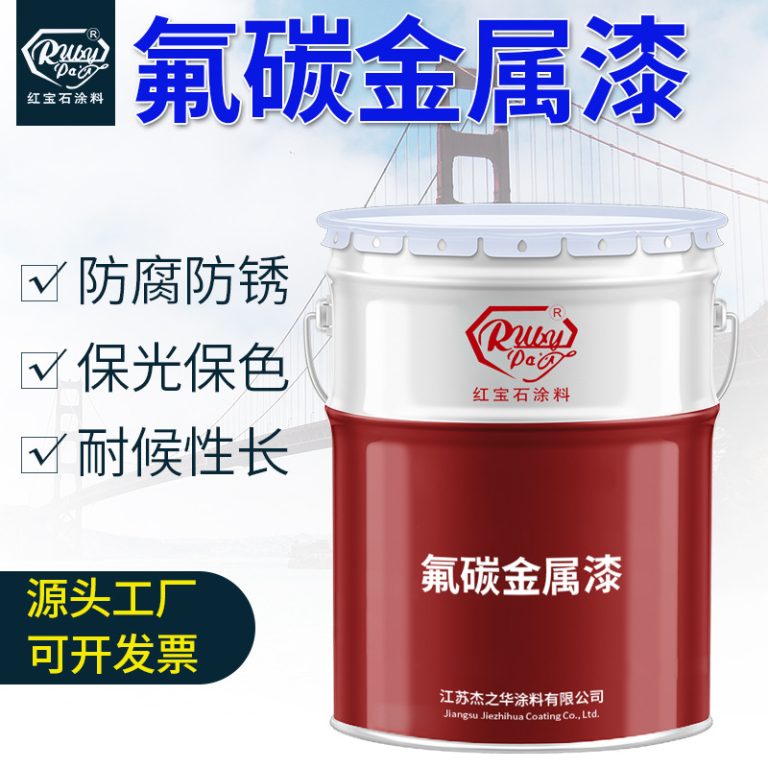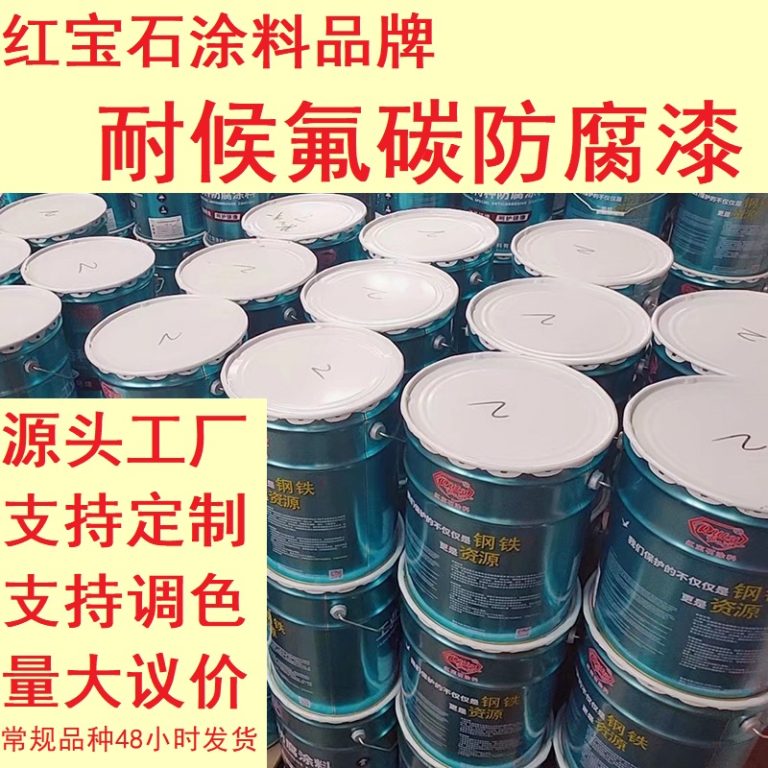Table of Contents
Comparing the Chemical Resistance of Fluorocarbon and PTFE
Fluorocarbon and Polytetrafluoroethylene (PTFE) are two widely used materials in various industrial applications due to their exceptional chemical resistance properties. Both materials belong to the family of fluoropolymers, which are characterized by their high resistance to solvents, acids, and bases. However, there are distinct differences between the two that can influence their suitability for specific applications.
Fluorocarbon, commonly known as FKM or Viton, is a synthetic rubber that is highly valued for its ability to withstand high temperatures and aggressive chemicals. It is composed of vinylidene fluoride and hexafluoropropylene, which contribute to its excellent resistance to oils, fuels, and mineral acids. Fluorocarbon is often used in seals, O-rings, and gaskets that are exposed to harsh chemical environments. Its ability to maintain its mechanical properties under extreme conditions makes it an ideal choice for the automotive and aerospace industries.
On the other hand, PTFE, also known as Teflon, is a fluoropolymer that is renowned for its outstanding chemical inertness. PTFE is composed of carbon and fluorine atoms, which form a strong bond that is resistant to virtually all chemicals. This material is hydrophobic, meaning it repels water and is not affected by moisture. PTFE’s resistance to high temperatures and its low coefficient of friction make it suitable for applications such as non-stick coatings for cookware, gaskets, and seals in chemical processing equipment.
| Serial Number | Commodity Name |
| 1 | Fluoracarbon finish paint |
| No. | Products |
| 1 | Industrial paint |
When comparing the chemical resistance of fluorocarbon and PTFE, it is important to consider the specific chemicals and conditions involved in the application. Fluorocarbon exhibits excellent resistance to petroleum products, hydraulic fluids, and aromatic hydrocarbons. It can also withstand exposure to strong acids and bases at moderate temperatures. However, fluorocarbon may swell or degrade when exposed to certain ketones, esters, and amines.

PTFE, in contrast, offers superior resistance to a broader range of chemicals, including strong acids, bases, and solvents. It remains stable and inert even at high temperatures, which makes it suitable for use in environments where other materials might fail. PTFE is also resistant to UV radiation and weathering, which enhances its durability in outdoor applications. Nevertheless, PTFE is not without its limitations; it has a lower tensile strength compared to fluorocarbon and can be prone to cold flow under heavy loads.
In conclusion, both fluorocarbon and PTFE provide excellent chemical resistance, but their performance can vary depending on the specific chemicals and environmental conditions. Fluorocarbon is generally preferred for applications involving high temperatures and exposure to petroleum products and acids. Meanwhile, PTFE is the material of choice for applications requiring exposure to a wide range of aggressive chemicals and where non-stick properties are essential. When selecting between fluorocarbon and PTFE, it is crucial to carefully evaluate the chemical compatibility and physical demands of the application to ensure optimal performance and longevity of the material.
Analyzing the Temperature Tolerance of Fluorocarbon vs PTFE in Industrial Applications
Fluorocarbon and Polytetrafluoroethylene (PTFE) are two widely used materials in industrial applications, each possessing unique properties that make them suitable for different environments. When it comes to temperature tolerance, understanding the capabilities and limitations of these materials is crucial for ensuring their optimal performance and longevity in various industrial settings.
Fluorocarbon, commonly known by the brand name Viton, is a type of synthetic rubber that is highly valued for its excellent resistance to high temperatures and chemicals. This material can typically withstand temperatures ranging from -20°C to +200°C, making it an ideal choice for applications involving heat and aggressive chemicals. The resilience of fluorocarbon is attributed to its molecular structure, which consists of a combination of fluorine, hydrogen, and carbon atoms. This structure provides a strong barrier against chemical degradation and thermal breakdown, allowing fluorocarbon to maintain its mechanical properties even under extreme conditions.
On the other hand, PTFE, also known as Teflon, is a fluoropolymer that is renowned for its outstanding thermal stability and chemical inertness. PTFE can operate effectively in a broader temperature range, from -200°C to +260°C. This makes it exceptionally versatile for use in environments that experience extreme cold or heat. The molecular structure of PTFE is characterized by a chain of carbon atoms completely surrounded by fluorine atoms, which creates a slippery, non-stick surface. This unique characteristic not only contributes to its high temperature tolerance but also makes it resistant to virtually all chemicals, including strong acids and bases.
When comparing the temperature tolerance of fluorocarbon and PTFE, it is evident that PTFE offers a wider operational range, making it suitable for more extreme temperature applications. However, the choice between these two materials should also consider other factors such as the specific chemical exposure and mechanical stress involved in the application. For instance, while PTFE has superior temperature and chemical resistance, it is softer and more prone to wear and deformation under load compared to fluorocarbon. Therefore, in applications where mechanical strength and durability are critical, fluorocarbon might be the preferred choice despite its relatively narrower temperature range.
Moreover, the cost and availability of these materials can also influence the decision-making process. PTFE is generally more expensive than fluorocarbon due to its more complex manufacturing process and the unique properties it offers. Consequently, for applications where the temperature conditions fall within the range that fluorocarbon can handle, it may be a more cost-effective solution without compromising performance.
In conclusion, both fluorocarbon and PTFE have their respective strengths and limitations concerning temperature tolerance in industrial applications. While PTFE stands out for its ability to withstand a broader range of temperatures and its exceptional chemical resistance, fluorocarbon offers a balance of heat resistance, chemical stability, and mechanical strength. The choice between these materials should be based on a thorough analysis of the specific requirements of the application, including temperature extremes, chemical exposure, mechanical demands, cost considerations, and availability. By carefully evaluating these factors, engineers and designers can select the most appropriate material to ensure the reliability and efficiency of their industrial systems.




